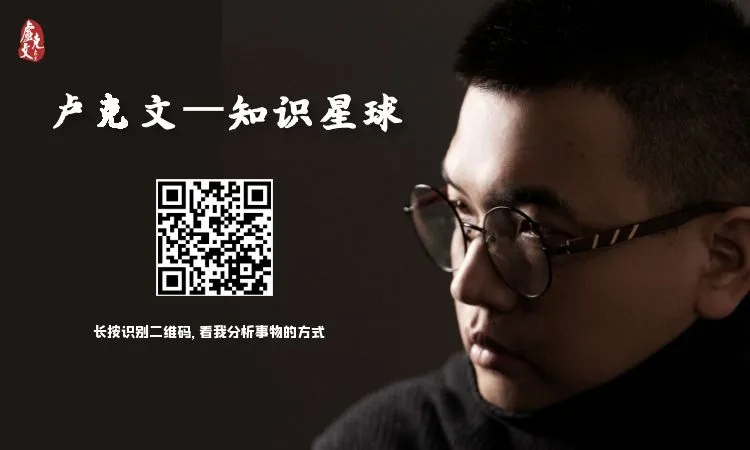html
The Dark Reality of Private Prisons in the United States
“In a system where profit is king, justice becomes a commodity.”
Introduction
In August 2022, a haunting image emerged from a U.S. courtroom: 60-year-old Mary, once vibrant and talkative, was wheeled in emaciated, resembling a skeletal figure. Judge Howard, who had sentenced her just four months prior, was stunned. Despite immediate medical intervention, Mary succumbed shortly after. A medical ethics committee later revealed she had endured severe malnutrition and abuse during her incarceration. Mary’s tragic case is not an isolated incident.
Pulitzer Prize-winning Yale journalism professor James Steeleman delved into Mary’s death, uncovering a disturbing pattern of neglect and exploitation within private prisons. Over the past decade, over 50 similar cases have surfaced, from suicides due to untreated mental illnesses to deliberate food and water deprivation as punishment.

This article explores how profit-driven private prisons have corrupted America’s justice system, fueled mass incarceration, and perpetuated human rights violations.
1. Private Prisons: Profit Over People
Private prisons, operated by corporations like CoreCivic (formerly Corrections Corporation of America, or CCA) and GEO Group, prioritize shareholder profits over inmate welfare, in stark contrast to publicly managed prisons.
Cost-Cutting Measures
To maximize profits, private prisons employ drastic cost-cutting strategies:
- Underqualified Staff: Many guards receive minimal training (as little as two weeks) and earn low wages (often below $10/hour). In one case, a disabled guard with a prosthetic leg was hired for a stationary tower position at $7.50/hour—barely above the federal minimum wage.
- Neglect of Basic Needs: Inmates frequently lack access to medical care. Holly, a female prisoner, went blind due to untreated health issues and later died of dehydration after guards ignored her pleas for help.
- Suppression of Rights: Prisons often ban family visits to conceal deteriorating conditions. Mary’s family was barred from seeing her until her court appearance, by which time she was beyond saving.
Profit-Driven Contracts
Private prisons earn revenue through per-diem payments from the government for each inmate housed. This creates incentives to:
- Maximize Occupancy: Contracts often require states to maintain 60–90% bed occupancy, pushing prisons to lobby for harsher sentencing laws to ensure a steady influx of inmates.
- Delay Releases: Terminally ill or high-risk inmates are often denied early release or medical parole to preserve revenue streams.
2. The Origins of Prison Privatization
The rise of private prisons in the 1980s was driven by political and economic agendas.
Political Backing and Corporate Expansion
- CCA’s Founding: In 1983, CCA was founded by Thomas Beasley (a Tennessee Republican Party chairman) and his associates. They capitalized on Reagan-era “tough-on-crime” policies, which increased incarceration rates and overcrowded public prisons.
- Government Collusion: CCA secured contracts through political connections. For example, Tennessee politicians, including the state House Speaker and the governor’s wife, became early investors.
- Wall Street Financing: Private prisons bypassed public oversight by partnering with financial institutions like Lehman Brothers. Governments avoided budget deficits by outsourcing prison construction and management, while Wall Street profited from bonds tied to guaranteed occupancy rates.
Flawed Promises
Advocates claimed privatization would reduce costs and improve efficiency. However:
- Minimal Savings: Studies show cost savings average just 1%, achieved mostly through wage suppression and service cuts.
- Escalating Incarceration: The U.S. incarceration rate skyrocketed to 760 per 100,000 people—the highest globally—as private prisons lobbied for punitive laws to fill beds.
3. The Human Cost of a “Dangerous Business”
Private prisons exploit inmates through systemic abuse and financial extraction.
Judicial Corruption
- Kids-for-Cash Scandal: In Pennsylvania, judges received $2.6 million in bribes to sentence over 4,000 minors to private juvenile facilities for minor offenses like mocking a principal on social media or prank-calling 911. Many children were under 13 years old.
- Predatory Fees: Inmates are charged for basic necessities:
- Room and Board: $600/month for “accommodation” (even while working daytime jobs to pay fines).
- Probation Fees: $124/month for supervision, often leading to re-arrest for nonpayment.
Cycle of Recidivism
- Economic Traps: Former inmates struggle with criminal records, making employment difficult. Many return to crime to survive, perpetuating high recidivism rates.
- Community Harm: Funds diverted to prisons instead of education or job programs deepen poverty in marginalized communities.

4. Resistance and Reform Efforts
Efforts to dismantle private prisons face entrenched opposition.
Political Pushback
- Federal Actions: The Obama administration banned new federal contracts with private prisons in 2016, but Trump reversed the policy. Biden reinstated the ban in 2021, yet loopholes allow state-level partnerships to continue.
- Wall Street Threats: Financial institutions pressure governments to honor contracts by threatening credit downgrades, making reform economically risky.
Grassroots Advocacy
Organizations like the ACLU and Human Rights Watch expose abuses and lobby for:
- Transparency Laws: Mandating public access to prison records (e.g., the proposed Private Prison Information Act).
- Sentencing Reform: Reducing penalties for nonviolent offenses to decrease prison populations.
5. The Broader Crisis of Privatization
Private prisons exemplify a wider trend of public resource exploitation in the U.S.:
- Healthcare and Utilities: Privatized services often prioritize profits over accessibility, leading to unaffordable medical bills and rising utility costs.
- Structural Inequality: Marginalized communities bear the brunt of these policies, perpetuating cycles of poverty and incarceration.
Conclusion
Private prisons epitomize a system where profit motives override human dignity. From judicial corruption to Wall Street complicity, these institutions thrive on mass incarceration and systemic neglect. While reforms like federal contract bans offer hope, lasting change requires dismantling the profit-driven models that prioritize beds over lives.
The story of Mary and thousands like her underscores a grim truth: in America’s private prisons, more profit will always trump basic humanity.
References: [To be added with actual sources]
